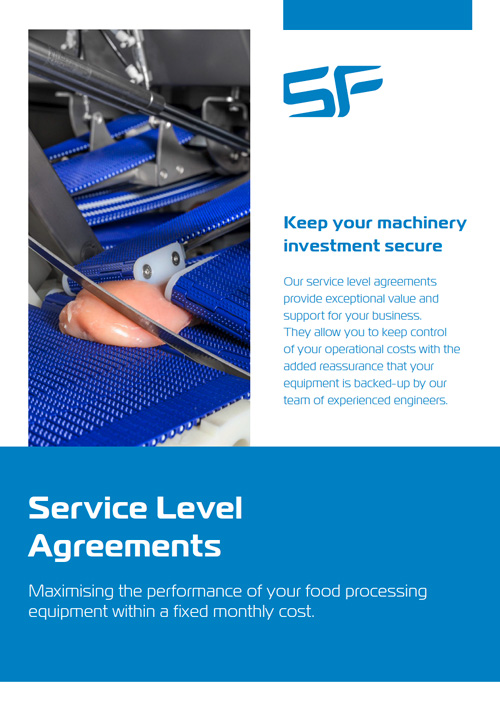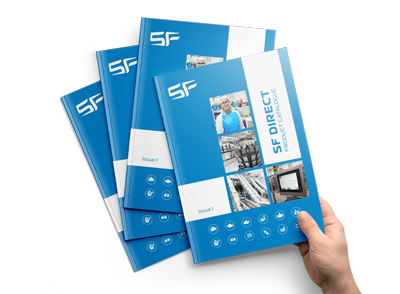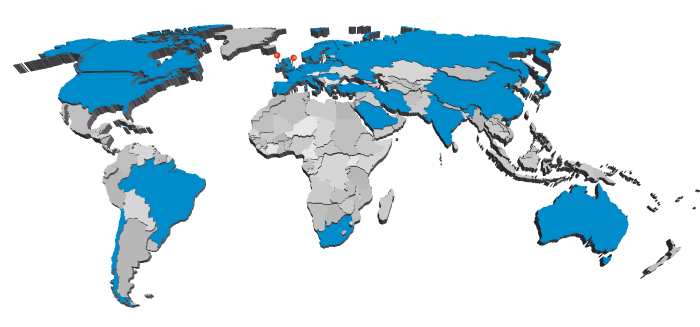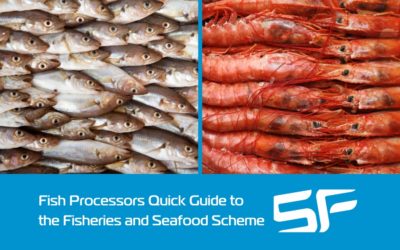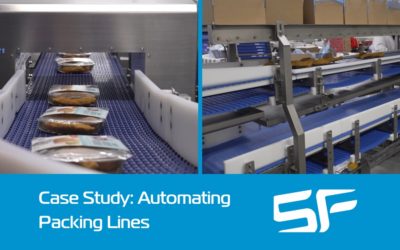4 Trends Shaping Fish Processing in 2022
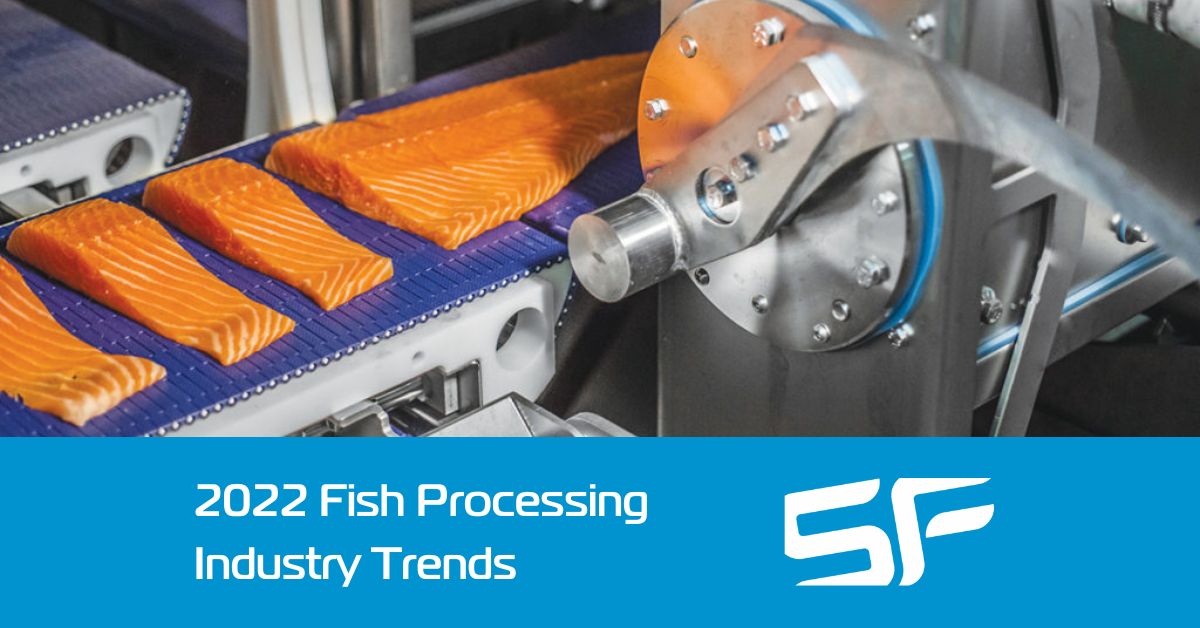
The fish processing industry never stands still, but what issues are currently having the biggest impact? What are the opportunities that exist, and what are the risks that fish processors are increasingly having to deal with? Below are four of the most important trends shaping the fish processing industry in 2022.
1. Labour and Skills Shortages Are Driving Improvements in Production Line Processes
All manufacturing industries are facing labour and skills shortages at some level, and the fish processing industry is no different.
Labour and skills shortages in the fish processing industry are costly to overcome on a day-to-day basis, and they result in highly inefficient operations. Difficulties in attracting and retaining labour also increases business risk, including the risk of lost contracts with customers, and reduced market share.
Fish processing businesses are increasingly turning to engineering and technology as the solution to this challenge. With the right engineering and technology solution, you can not only solve problems created by the current labour shortage, but also make your production operations more robust.
By optimising the labour requirements of your production lines, your facility will be more capable of dealing with future changes in the labour market. It will also be better equipped to deal with changing business demands and consumer expectations.
The efficiencies that can be gained through advanced engineering and technology solutions are significant. In many situations, the requirement for labour can be reduced by up to 100 percent.
Furthermore, where operators are needed, the level of operator skill that is required is often reduced. For example, technologies exist that can significantly reduce the requirement for fish gutting, cleaning, and trimming skills. This makes it easier to recruit staff.
2. Industry 4.0 and Advanced Automation Solutions Are Becoming Increasingly Essential to Maintain Competitiveness
Industry 4.0 and advanced automation solutions can significantly improve throughput, yield, OEE, product quality, and more. While this statement is true, it is nothing new, as Industry 4.0 and advanced automation solutions have been available for some time. What is different in 2022?
The fact is, lots of things are different, including changing consumption and buying habits by consumers, the uncertain economic outlook across Europe, higher energy costs, ongoing industry consolidation, the hangover from the Covid-19 pandemic, and the markedly more unstable geopolitical situation compared to a year ago.
Fish processors are not immune to these changing market forces, so it is essential to take steps to reduce business and operational risks, maintain competitiveness, increase profitability, and take advantage of new opportunities as they arise.
Advanced fish processing lines that use Industry 4.0 and automation technologies help to achieve these goals.
3. New Product Opportunities
Many fish processing companies are looking to new product opportunities to help achieve business growth. There are many factors driving these new product opportunities, but two of the most important are:
- Consumer expectations
- Advanced production line solutions
There are several factors contributing to the evolving expectations of consumers. This includes an increasing awareness among consumers of sustainable fishing and traceability issues, and the desire of consumers to purchase fish products that have been sustainably sourced.
Consumers are also increasingly health-conscious, so there is a growing demand for healthy, high-quality, and nutrition-packed food.
Furthermore, there is an expectation in the industry that a trend that saw its peak during the pandemic – the purchase of pre-packed fish products for at-home cooking – will continue in the post-pandemic era.
The driver for this trend during the pandemic was the shutdown of the hospitality industry. However, consumers are now more familiar and experienced with cooking fish at home, with many expected to continue even with the hospitality industry now open again.
As for the impact of advanced production line solutions, new technologies are opening up new product opportunities in a number of areas. One example is the processing of small whitefish, salmon, and pelagic fish, as well as other products that have been traditionally considered as low value. New technologies are now making the processing of these fish products increasingly viable.
4. The Push Towards Greater Sustainability
Like businesses in other industries and sectors, there is a growing push to make operations more sustainable. This sustainability push is coming from a number of areas, including from company boards as part of corporate CSR strategies, in addition to the increased sustainability expectations of end consumers and corporate customers.
Making fish processing facilities more sustainable also makes good business sense. Take two areas of sustainability as examples:
- Power consumption – the high cost of energy means it makes business and environmental sense to minimise the energy requirements of fish processing lines.
- Water usage – cleaning is an essential part of fish processing, but water usage is costly, so reducing it makes sense. Additionally, reducing the need for water through innovative production line solutions can also make cleaning processes more efficient.
An Industry in Transition
When we look back over the past 10 or 20 years, a lot has changed in the fish processing industry. That said, the changes that are set to occur in 2022 and beyond will be more rapid than we have seen before, not least because of the pace of technology development.
Consumer trends, as well as evolving food standards and fishing processing regulations, are also playing an important role as the fish processing industry continues to transform.
As a result, it is more important than ever to stay on top of the trends shaping the fish processing industry to ensure your facility remains competitive, productive, and profitable.

